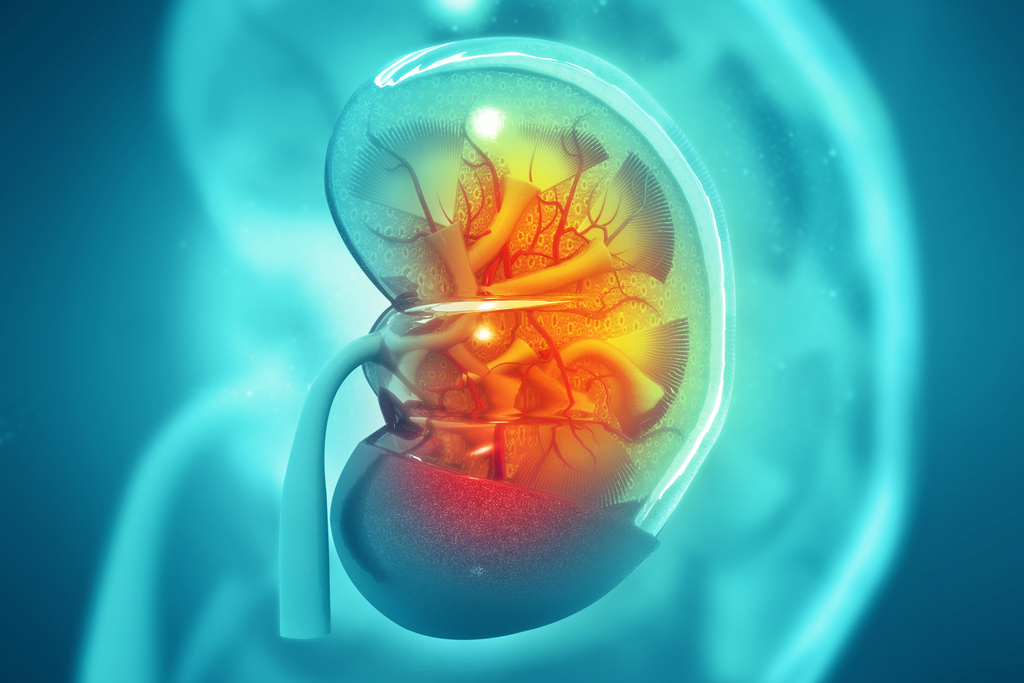Atypical Kidney Lesions Linked to Rare Hypoparathyroidism, Case Report Suggests
Written by |

Atypical kidney lesions in adult patients may be caused by a mutation associated with a rare type of hypoparathyroidism, according to a case report.
The study,“Unusual Proliferative Glomerulonephritis in a Patient Diagnosed to Have Hypoparathyroidism, Sensorineural Deafness, and Renal Dysplasia (HDR) Syndrome with a Novel Mutation in the GATA3 Gene” was published in the journal Internal Medicine.
Hypoparathyroidism, sensorineural deafness, and renal dysplasia syndrome (HDR), also known as Barakat syndrome, is a rare genetic disorder characterized by hypoparathyroidism (decreased function of the parathyroid glands), sensorineural deafness (caused by damage to ear sensory cells or nerve) and kidney disease.
Mutations in the GATA3 gene are responsible for development of this disease. Because GATA3 is expressed in the kidney mostly during embryonic development, kidney malformations in individuals with this syndrome typically appear during development and not in the adult kidney.
Researchers describe the unusual case of an adult with HDR syndrome, who carried a rare GATA3 mutation and developed an atypical form of kidney disease involving aberrant (odd) cell proliferation.
The adult was a 53-year old Japanese man with sensorineural hearing loss and hypoparathyroidism, admitted to the hospital for kidney malfunction and protein in the urine (proteinuria).
A kidney biopsy revealed several deformities, and a major lesion consisting of abnormal cell proliferation at the glomeruli, which is the network of capillaries that filters out waste products from the blood, eliminating them in urine.
Another frequent lesion was tissue stiffening (sclerosis) of the glomeruli.
Given the patient’s symptoms, the medical team suspected HDR syndrome, which was confirmed by genetic testing and showed that the patient carried a previously undescribed GATA3 mutation.
In light of the results, the patient was diagnosed with HDR and an unusual proliferative glomerulonephritis type I, which worsened with time and required hemodialysis two years later.
Altogether, the exams suggested that the kidney lesions were a consequence of HDR syndrome itself.
Researchers believe that because GATA3 is essential to orient an appropriate immune response, mutations in this gene might lead to a specific type of immune response, called Th1, that contributes to the progression of kidney proliferative lesions.
The patient also was diagnosed with hepatitis B virus. However, he showed no signs of an immune reaction in the kidney against the virus, which means this infection was not behind the abnormal kidney cell proliferation.
“Additional histological analyses of the kidneys of HDR syndrome patients are warranted, and these analyses may clarify the role of GATA3 not only in the developing kidney but also in the adult kidney, especially in the glomerulus,” researchers concluded.




